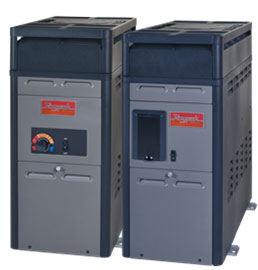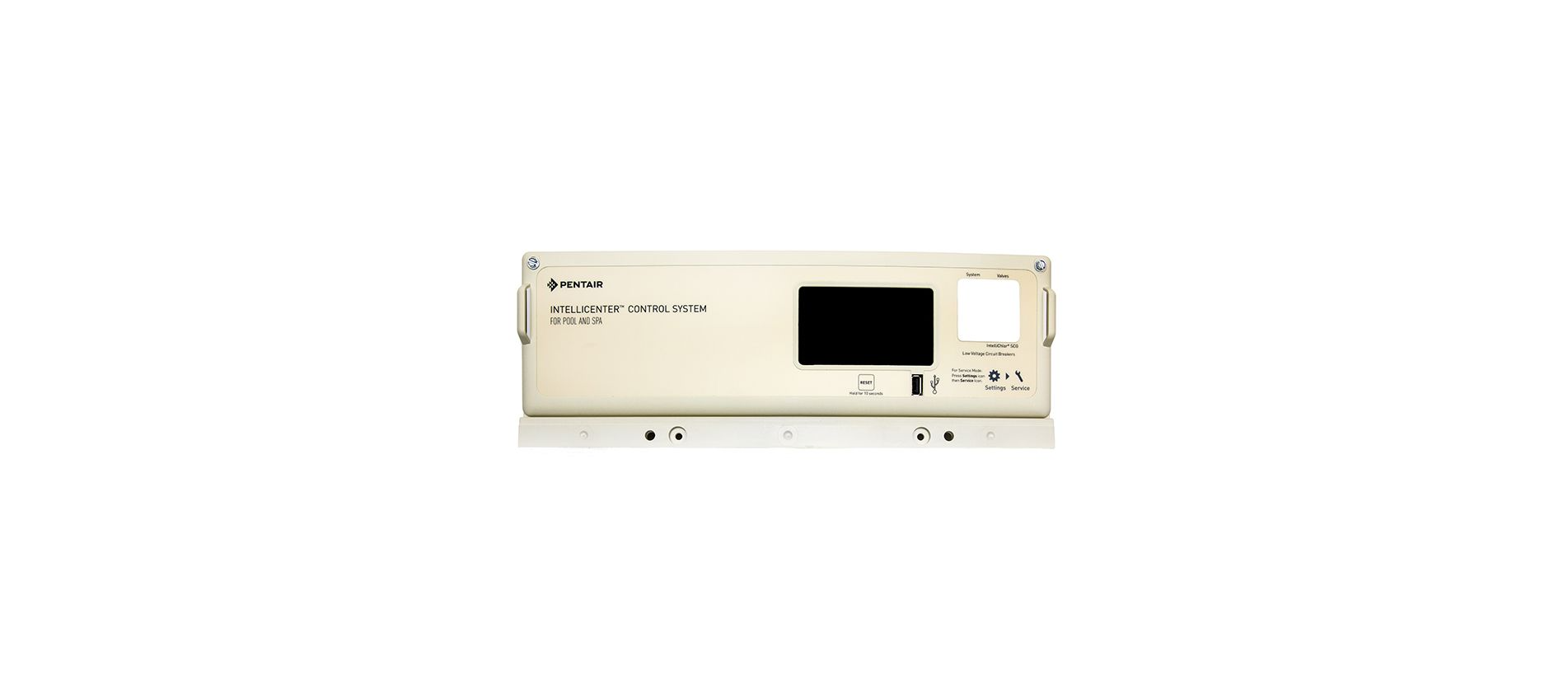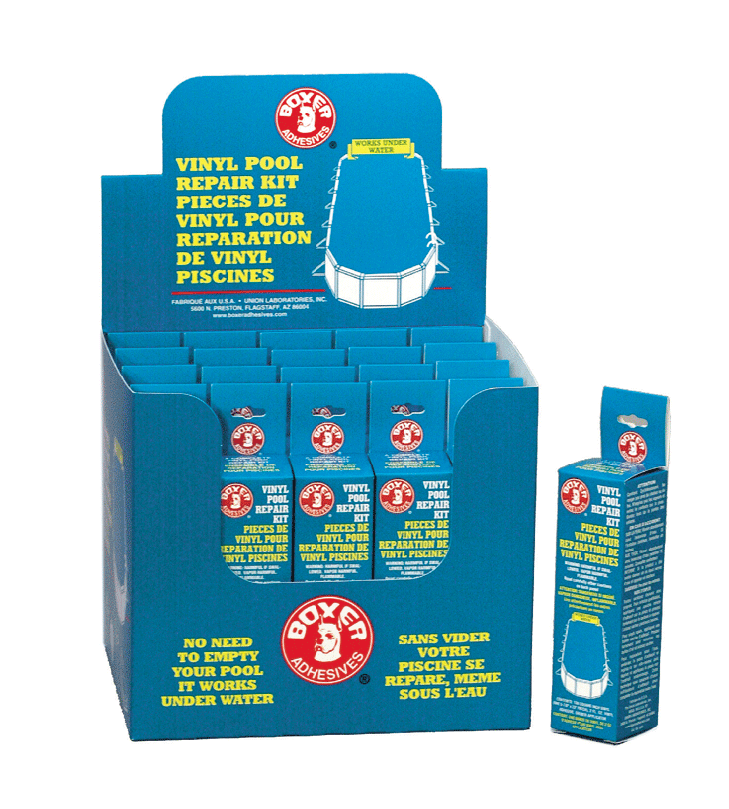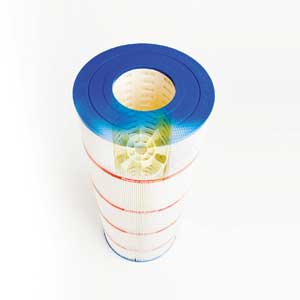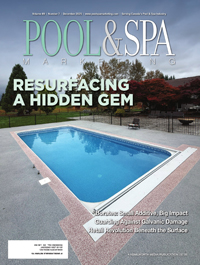How to upsell without being pushy: A guide for pool & spa sales teams
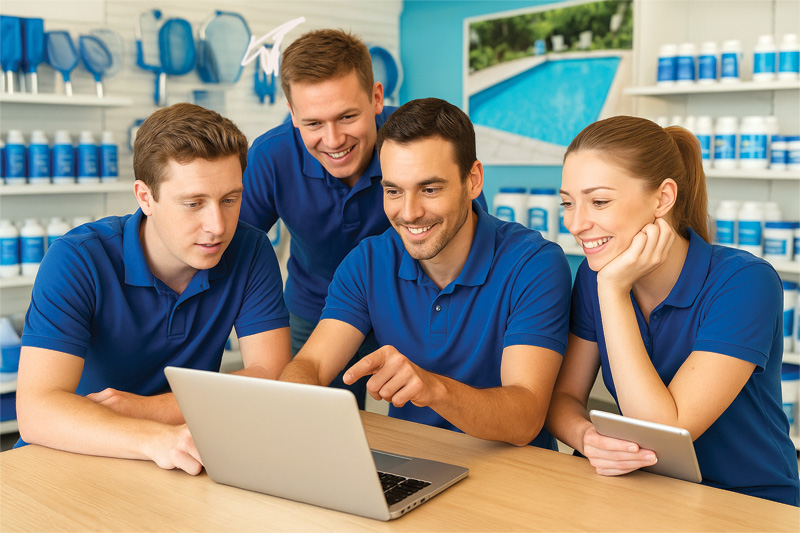
In these times of unstable economies and a changing landscape in the pool and spa industry, upselling can feel like walking a tightrope and downright uncomfortable for some. On one hand, retailers aim to maximize sales revenue and enhance long-term customer satisfaction by offering valuable upgrades and accessories that add meaningful benefits for their customers. On the other hand, no one wants to come across as pushy. Striking the right balance between the two objectives is essential.
Whether selling hot tubs, pools, or backyard accessories, the key to successful upselling is making it feel like a natural part of the conversation. The following strategies can help teams implement natural and effective upselling techniques.
Deep product knowledge training
Training, training, and more training. Before recommending additional features or upgrades to valued customers, the team needs to know and believe in every fine detail of what the business is offering. That includes a deep understanding of the following:
- Which upgrades align with specific products? For example: inground pool—waterfall; hot tub—ozoneator; patio furniture dining set—matching side table.
- The benefits (not just features) of add-ons such as saltwater systems, solar blankets, LED lighting, automatic cleaners, umbrellas, or cover lifters.
- Typical customer pain points and common desires within the target market.
- Roadblocks that may come up and how to combat them. For example, if it is not in the customer’s budget, a payment plan should be readily available for explanation.
The more confidently and clearly the team can explain why a particular feature matters, the more trust they will earn from the customer and the more likely they will upsell successfully.

Listen to customers, ask questions, and create a vision with them
Successful upselling starts with great listening
and strategic questions such as:
- “How do you imagine using your pool/spa day-to-day?”
- “Who will be using your pool/spa?
- “Are you more focused on relaxation, entertainment, or both?”
- “Have you thought about long-term maintenance or automation?”
- “Do you put away your furniture during the off season?”
These questions reveal customer priorities, making it easier to offer upsells as smart, relevant solutions rather than random add-ons. Also, use this opportunity to start creating a vision with the customer of their purchase and how it will look and feel once it is complete. Props such as maps or design software can help create the visual.
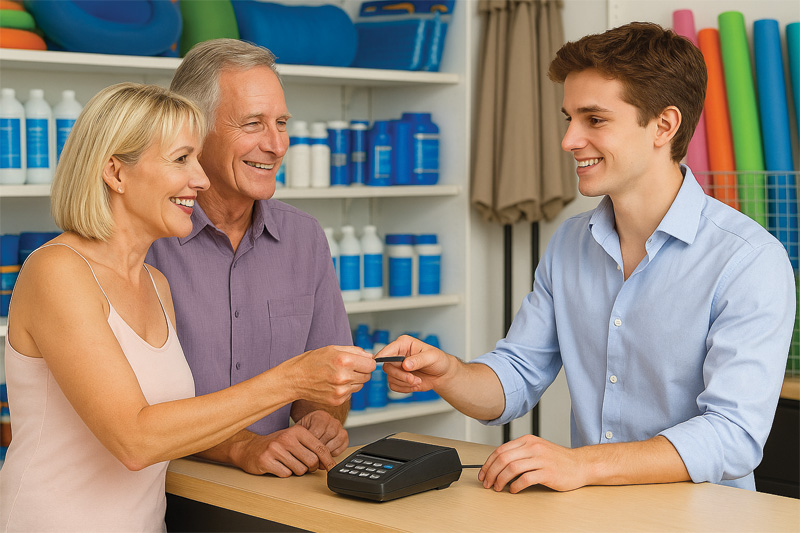
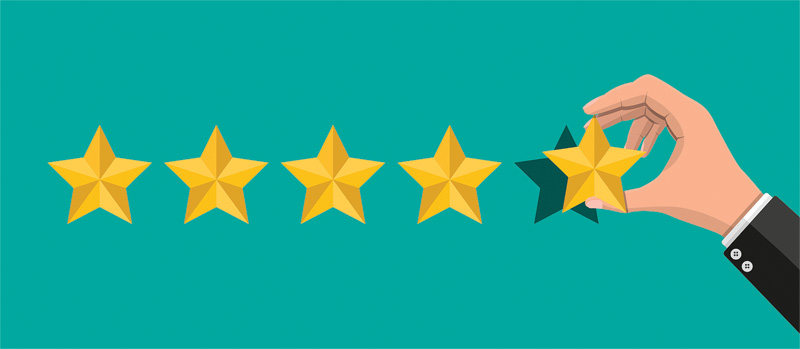
Use upsells as enhancements, not extras
Avoid presenting upsells as afterthoughts; incorporate them seamlessly into the overall vision being developed with the customer.
This approach can be illustrated through simple shifts in phrasing that position upgrades as part of the overall experience, rather than add-ons:
- Instead of “Would you like to add a cover lift for $300?” say, “Most of our customers who choose this model opt for a cover lift, as it makes daily use much easier and protects your investment.”
- Instead of “Do you want lighting?” try, “Let’s talk about lighting, it can really elevate the mood, especially if you’re using the spa at night.”
- Instead of “Would you like to add a blower pump to your hot tub?” say, “Other customers have chosen this blower pump for a more therapeutic experience in their tub.”
When positioned as part of the ideal experience and vision, upsells feel like natural upgrades, which makes them easier to add to a purchase.
Use social proof and testimonials
Customers are more likely to accept an upsell when they learn how others have benefited from it. Businesses can create interest and build trust by incorporating testimonials, social media comments, photos, and real-life stories into their sales approach. Guiding customers to the company’s website or social media platforms allows them to explore additional options independently.
A well-placed story or real-world example can reinforce the value of an upgrade while making it more relatable and compelling. For instance:
“One of our recent customers added a smart control system to their hot tub and told us they love being able to start it up from their phone before they get home from work.”
This builds fear of missing out (FOMO) in a friendly way and adds credibility.

Make the upsell easy
If an upgrade feels like a hassle, people will skip it, even if they like the idea. Therefore, simplifying the decision-making process is essential.
- Offer clear pricing and packages with built-in upgrades, showing a significant monetary value.
- Show options using visual aids or interactive tools, such as tablet slides, interactive PDFs, brochures or leaflets, or a promotional video.
- Visually show the benefits or value over time that the upgrades can add (e.g. energy efficiency or reduced maintenance).
- Integrate the upgrades directly into the quoting or ordering process, so they are automatically included rather than requiring manual input.
When customers can visualize the advantages and have proof of the long-term benefits, the path is clear, and they are more likely to say yes.
Sales techniques are important, but so is empathy
Sales teams should approach interactions as helpful consultants rather than commission-driven sellers. This mindset begins with training that emphasizes empathy and customer service. Practicing real-world scenarios, learning to read body language, addressing hesitation, and building rapport are all essential components.
When team members are authentic and focused on helping customers create their ideal backyard and maximize their investment, upselling occurs naturally, leading to greater customer satisfaction and a more positive buying experience.
Remember, a satisfied customer provides the most valuable and cost-effective form of marketing—a referral.
Follow up the right way
Although it would be ideal to get the sale wrapped up the first time a customer walks through the door, sometimes, customers need a little time to think about their purchase. Do not assume there is
no opportunity to upsell the purchase after the sale—follow up with a purpose:
- “Hey, just wanted to check in. A few customers who picked your spa model mentioned they added a sound system later and wished they had done it from the start. Want me to send you some info?”
- “I know we talked about adding the umbrella to your patio set, but I just wanted to double-check that you did not want to add one as they are selling quickly.”
This type of follow-up feels helpful, not salesy, and often opens the door for future sales.
Final thoughts
Upselling in the industry does not have to involve pushing additional products; it is about enhancing the customer’s vision for their ideal backyard oasis. By focusing on listening, offering meaningful value, and delivering a top-tier customer experience, upselling occurs naturally and results in loyal, repeat customers.
In the pool and backyard living industry, upselling should not be viewed as simply pushing additional products; it is about enriching the customer’s vision for their ideal outdoor space. By prioritizing active listening, highlighting genuine value, and delivering an exceptional customer experience, upsells naturally follow, fostering trust and long-term customer loyalty.
The foundations of lasting success are a knowledgeable, friendly team, a no-pressure approach, and a focus on genuine value.
Author
Lisa Kennedy, vice-president of dealer channel sales at Core Covers, brings 20-plus years of pool and spa industry experience, specializing in leadership of sales and customer service, strategic business growth, and human resources development.


